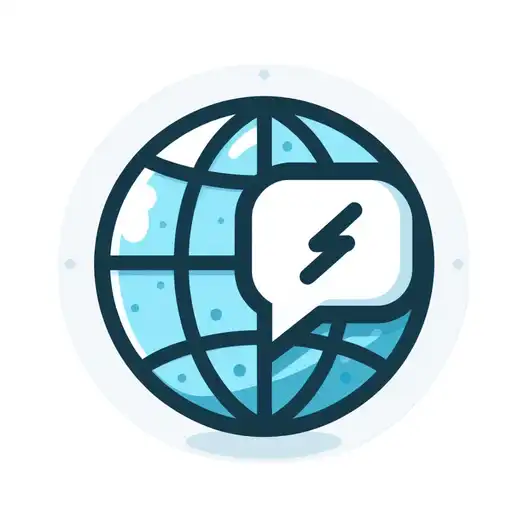Imagine a complex machine, the nation-state, constantly whirring and working to maintain order and progress. Government policies and initiatives are the gears and levers that keep this machine running. Policies establish the overarching principles that guide a government’s actions, while initiatives are the specific programs that translate those principles into tangible results. Understanding these two concepts is crucial for anyone who wants to be an informed citizen and participate effectively in a democracy.
This comprehensive guide will delve into the world of government policies and initiatives. We’ll explore their definitions, uncover the key differences between them, and shed light on the processes by which they are developed and implemented. Through real-world examples and insightful explanations, you’ll gain a deeper understanding of how governments shape the lives of their citizens.
Unpacking the Terminology: Policies vs. Initiatives
At first glance, “policies” and “initiatives” might seem interchangeable. However, there are subtle distinctions between these two terms.
Unveiling Government Policies

- A government policy is a set of principles, guidelines, or rules that define a government’s stance on a particular issue. They establish a long-term vision and framework for action.
- Policies are often broad and encompass a wide range of considerations.
- They typically undergo a rigorous legislative process involving debate, public input, and approval from relevant authorities.
- Examples of government policies include:
- Environmental protection policies that set standards for air and water quality.
- Economic policies that aim to promote economic growth and stability.
- Social welfare policies that provide assistance to citizens in need.
Initiatives: Putting Policy into Action

- A government initiative is a specific program, project, or strategy undertaken by a government to achieve a particular goal that aligns with established policy.
- Initiatives are more action-oriented and time-bound compared to policies.
- They translate broad policy objectives into concrete steps for implementation.
- Examples of government initiatives include:
- A renewable energy subsidy program launched to support policy goals of promoting clean energy.
- A job training program designed to address policy objectives of reducing unemployment.
- A public awareness campaign aimed at achieving policy goals of promoting healthy lifestyles.
As you can see, policies provide the overarching direction, while initiatives serve as the vehicles that move the government towards achieving its policy goals.
Key Differences Between Government Policies and Initiatives
| Feature | Policy | Initiative |
|---|---|---|
| Definition | Set of principles | Specific program/project |
| Focus | Long-term vision | Action-oriented |
| Scope | Broad | Specific |
| Development | Legislative process | Implementation plan |
The Policymaking Process: From Idea to Action
The journey of a government policy or initiative is a fascinating one. Here’s a simplified breakdown of the typical process:
Identifying Needs and Setting Priorities
- The process often begins with identifying a pressing need or issue facing the nation. This could involve gathering data, conducting research, and consulting with experts and stakeholders.
- Once a need is identified, policymakers must prioritize it within the broader context of national goals and available resources.
Policy Formulation and Debate

- Here’s where the rubber meets the road. Policymakers draft proposals outlining potential solutions and their anticipated impacts.
- These proposals are then debated and refined through legislative channels, often involving public hearings and committee discussions.
- The goal is to reach a consensus on a policy that effectively addresses the identified need while balancing various interests.
Implementation and Monitoring
- Once a policy is enacted, the government establishes a framework for its implementation. This includes allocating resources, developing regulations, and setting up monitoring mechanisms.
- The effectiveness of the policy is constantly monitored and evaluated. Based on the results, the policy may be adjusted or new initiatives may be developed to ensure it achieves its intended goals.
Stages in the Policymaking Process
| Stage | Description |
|---|---|
| Identifying Needs and Setting Priorities | Recognizing problems and prioritizing them based on national goals and resources. |
| Policy Formulation and Debate | Drafting proposals, debating them through legislative channels, and reaching a consensus on an effective policy. |
| Implementation and Monitoring | Establishing a framework for implementation, allocating resources, and monitoring the policy’s effectiveness. |
The Power of Public Participation
While the government plays a central role in developing and implementing policies and initiatives, informed citizens have the power to significantly influence this process. Here are some ways you can get involved:
- Stay informed: Follow the news, attend public hearings, and read government reports to understand current policy issues.
- Contact your representatives: Voice your opinions and concerns to your elected officials about policies that matter to you.
- Participate in public consultations: Many governments offer opportunities for citizens to provide input on proposed policies.
- Support advocacy groups: Align yourself with organizations that work on issues you care about.
By actively engaging in the policymaking process, you can help shape the direction of your nation and ensure that government policies and initiatives truly reflect the needs and aspirations of its citizens.
Conclusion: Navigating the Landscape of Governance
Understanding government policies and initiatives is an empowering tool. It allows you to decode the actions of your government, participate effectively in public discourse, and hold your elected officials accountable. As you’ve learned, policies provide the guiding principles, while initiatives translate those principles into tangible actions. The policymaking process itself is a complex dance of identifying needs, formulating solutions, and putting them into action.
Remember, an informed citizenry is essential for a healthy democracy. By actively engaging with the processes outlined above, you can ensure that government policies and initiatives continue to serve the best interests of the people they are designed to represent.


